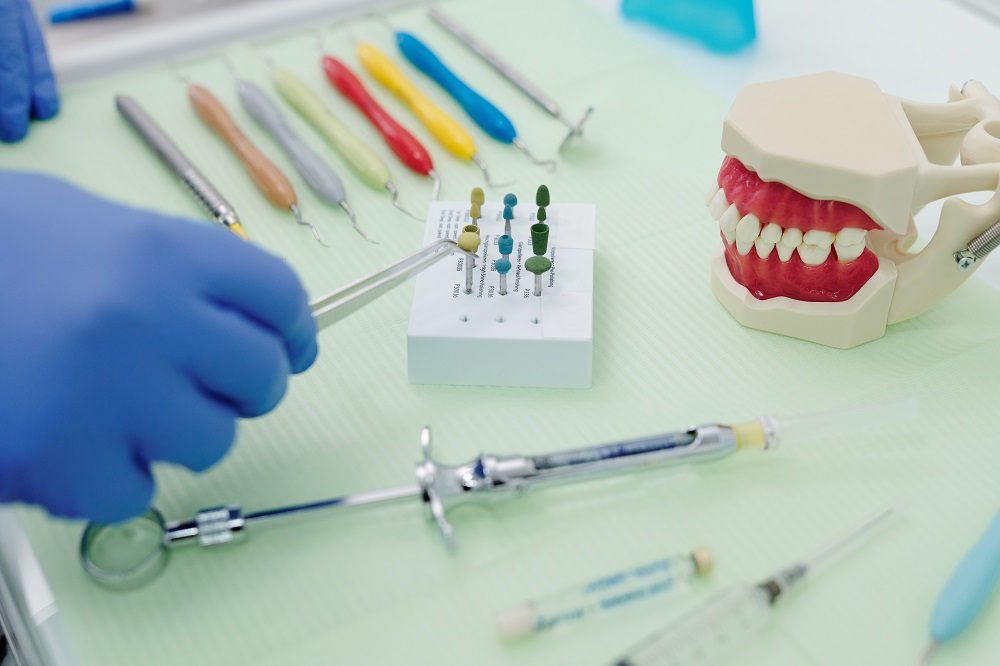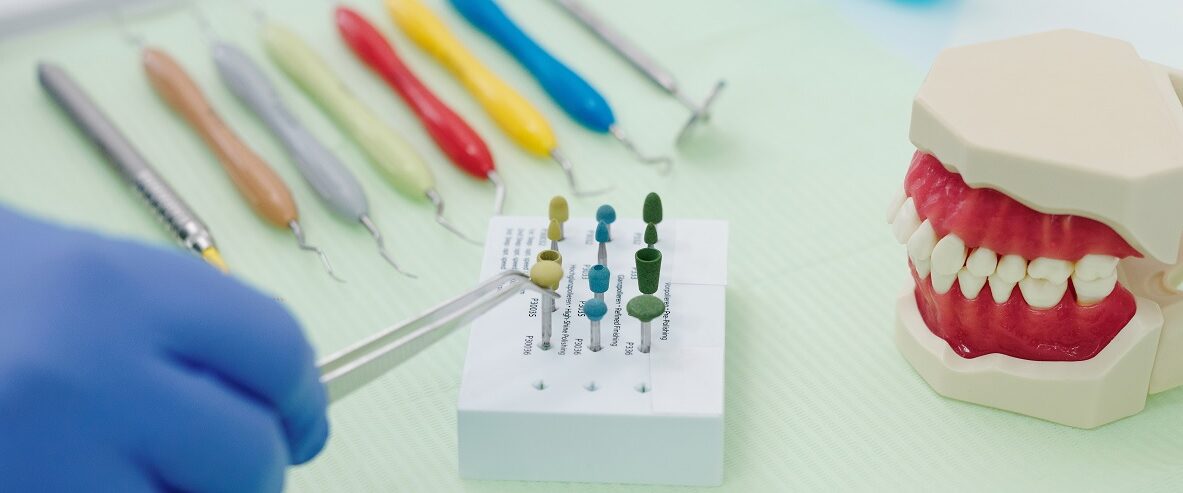
Orthodontists are highly trained dental specialists who play an important role in helping patients achieve a straighter, healthier smile. While many people may know the basics about orthodontics, there are some interesting facts about orthodontists that may surprise you. In this article, we will explore some of these interesting facts about orthodontists.
- Orthodontists Must Complete Extensive Education and Training
Orthodontists are highly trained dental specialists who must complete extensive education and training beyond dental school. In addition to a four-year dental degree, orthodontists must complete an additional two to three years of specialized orthodontic training. This training includes coursework in areas such as orthodontic diagnosis and treatment planning, biomechanics, and dental and facial growth and development. - Orthodontists are Experts in Dental and Facial Growth and Development
Orthodontists are experts in the growth and development of the teeth, jaws, and face. They use this expertise to diagnose and treat a wide range of dental and facial irregularities, such as misaligned teeth and jaws, overcrowding, and bite problems. By understanding how the teeth and jaws develop over time, orthodontists are able to develop personalized treatment plans that help their patients achieve a straighter, healthier smile. - Orthodontic Treatment is Not Just for Kids
While orthodontic treatment is commonly associated with children and teenagers, adults can also benefit from orthodontic treatment. In fact, many adults choose to undergo orthodontic treatment later in life to correct dental and facial irregularities that were not addressed during childhood. In some cases, adults may also need orthodontic treatment to correct issues that have developed over time, such as teeth that have shifted due to tooth loss or gum disease. - Orthodontic Treatment Has Advanced Significantly in Recent Years
Orthodontic treatment has come a long way in recent years, thanks to advances in technology and treatment methods. Today, orthodontists have access to a range of tools and techniques that make treatment faster, more comfortable, and more effective than ever before. For example, clear aligner technology allows orthodontists to straighten teeth without the use of traditional braces, while digital imaging and computer-aided treatment planning make it easier for orthodontists to create personalized treatment plans for their patients. - Orthodontists Play a Key Role in Improving Overall Health
Orthodontic treatment can do more than just improve the appearance of your smile. By correcting dental and facial irregularities, orthodontists can also improve overall health and wellbeing. For example, straighter teeth are easier to clean, which can lead to better oral hygiene and a reduced risk of gum disease and tooth decay. Additionally, correcting bite problems can improve speech and make it easier to eat and chew food. - Orthodontists are Constantly Learning and Evolving
Orthodontic treatment is a constantly evolving field, and orthodontists are always learning and evolving to stay up-to-date with the latest advances in treatment methods and technology. Many orthodontists attend continuing education courses and conferences to stay current with the latest research and best practices in orthodontic treatment. - Orthodontic Treatment is Available for Patients of All Ages and Needs
Orthodontic treatment is available for patients of all ages and needs. Whether you are a child, a teenager, or an adult, there is an orthodontic treatment option that can help you achieve a straighter, healthier smile. From traditional braces to clear aligners, orthodontic treatment options are available to meet a range of patient needs and preferences.
Conclusion
Orthodontists play a critical role in helping patients achieve a straighter, healthier smile. They are highly trained dental specialists who use their expertise in dental and facial growth and development to diagnose and treat a wide.
